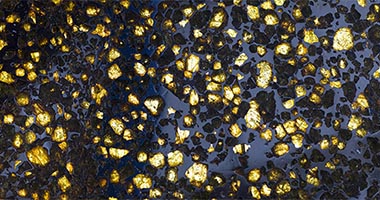
The process for VA proposals will have a similar timeline and application form to Transnational Access (TA), and rely on the same information about collections and facilities at institutions, however there are several key differences:
Digitising institutions must be strongly involved in shaping the bids e.g. setting out appropriate workflows and costings, meaning a two-stage process with a deadline for initial information to institutions before a final proposal deadline;
Data (including images etc) generated under VA must be made openly available immediately (full requirements for this will be specified in the formal VA call)
There are more likely to be multiple institutions involved in VA proposals e.g. to digitise complementary collections across multiple sites.
No travel by staff is anticipated
What is in scope for digitisation in VA?
Digitisation here is defined as a request for collections data in digital form. This may be digital images, digital data (including that from 3D scans and other complex technologies), or digital molecular or chemical data. Requesting molecular or chemical data may significantly increase the costs of your proposal, and limit the institutions able to act as digitising partners. Your VA coordinator can provide essential advice on this point.
What kinds of digitisation can I request, and from what institutions?
Part of the purpose of the ideas call is to refine the scope of VA. We suggest that you consider what data would be most useful (and why), then approach relevant institutions participating in the VA programme to discuss how they would digitise those collections and at what cost, refining proposals together.
What are the criteria for prioritising VA proposals?
The VA prioritisation criteria are:
Maximum score |
% |
Weighting |
|
Scientific / cultural merit |
10 |
10 |
x 1 |
Scientific / cultural excellence |
10 |
10 |
x 1 |
Community buy-in |
10 |
30 |
x 3 |
Impact |
10 |
20 |
x 2 |
Expected Outputs / Gains |
10 |
10 |
x 1 |
Societal Challenge |
10 |
10 |
x 1 |
Data availability |
10 |
10 |
x 1 |
Data Management Plans are a key requirement and should detail how, where and when output data will be made available. All data produced must be FAIR (findable, accessible, interoperable, reusable). Digital outputs should be made freely accessible and Open Access for both the requester(s) and the wider research community. This should be immediate.
Where can I find information about digitisation workflows and costs?
Please contact VA coordinators at the digitising institutions you propose to work with.
Can I propose additional data for collections that already have some digital record?
Yes, provided you can make a case for why these additional data are important to the research community.
Is there a minimum or maximum cost for VA proposals, or a minimum or maximum number of specimens?
No, there are no minima or maxima. Given the overall size of the VA funding (approximately €500K/call, we expect that the majority of proposals will be in the range €10,000 - €50,000, but with some exceptions. We also expect that some prioritised proposals are likely to request ‘mass’ digitisation of 5,000+ specimens; however, there are bound to be exceptions for small but high-impact collections and/or more novel processes.
Can I have a temporary embargo on data for my active research?
No. All data created through VA must be made public as rapidly as possible from each institution.
magalie.castelin@mnhn.fr